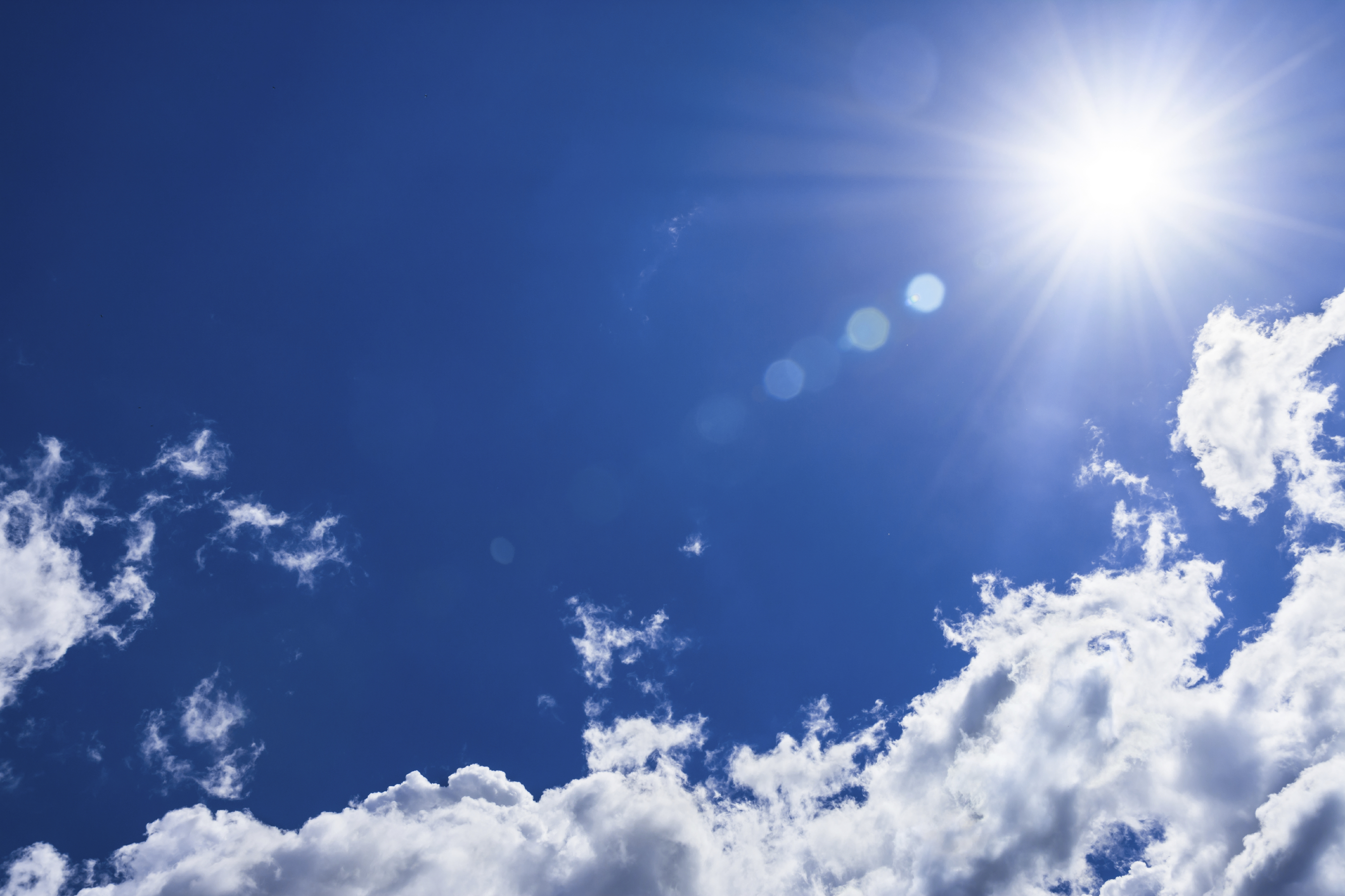Dr. Sexton in the news: Eye protection in bright, cold conditions key and often overlooked
Eye protection in bright, cold conditions key and often overlooked
Posted Feb 6, 2019 5:42 am PST CityCT New1130

VANCOUVER (NEWS 1130) – For most people the cold is only an issue between the house and the car or as long as it takes for the bus to arrive.
However, people who work outdoors have other concerns, including an often overlooked hazard when it comes to braving the elements in freezing temperatures.
Cold snaps, like the one Metro Vancouver is experiencing, often come with clear, sunny skies, making sunglasses an essential piece of equipment for those whose employment takes them outside.
Barry Nakahara with WorksafeBC says glare is something workers need to think about seriously.
“The UV exposure from the sunlight and the reflection off the snow and other bright surfaces can be a hazard to the eyes,” he explained.
He adds this is something that often goes overlooked, and says it’s important for workers to take the steps to protect their eyes.
“That’s a topic of conversation that can come up, depending on the location of the work environment and whether or not there is snow on the ground.”
Nakahara points out WorkSafeBC has regulations that relate to cold stress and cold-related injury prevention, and explains many of them should be considered when the wind chill hits about minus seven degrees.
“Employers have to do an assessment of the nature of the work and the conditions that the workers are exposed to or working in,” he explained. “Come up with a control plan to minimize the impacts of cold stress and prevention of cold-related injuries and ensure workers are instructed and following those procedures and protocols.”
Meantime, Ophthalmologist Briar Sexton says if it’s bright enough to tolerate wearing sunglasses, just do it.
“We see movies like Into Thin Air where the climbers are up on Mount Everest and they’re blind, or we think about extreme conditions, but we forget that it’s the cumulative effect of not wearing them day-to-day when you’re not under imminent danger that can really add up over a lifetime to cause damage to the eyes,” she told NEWS 1130.
Based in Vancouver’s Kitsilano neighbourhood, Sexton adds the lack of snow in this area can put something like snow blindness a little out-of-sight, out-of-mind.
“Although we do have a big population that likes to visit the mountains on the weekend,” she said.
She explains it’s important to protect your eyes any time you’re out doors.
So how exactly does snow blindness affect someone? Sexton says it’s basically a burn to the very front surface of the eye.
“The fortunate thing is that the cornea is really good at healing, and so snow blindness is temporary and you get a good recovery,” she explained. “The more harmful thing that can happen is damage to the retina. which is the lining of the back of the eye that catches light to send to the brain or damage to the lens.”
When the retina and lens are damaged by UV light, Sexton says the lens can turn white, leading to cataracts which would then require surgery. In the retina, it can cause something called macular degeneration, which Sexton points out is irreversible.
-With files from John Ackermann
Eye protection in bright, cold conditions key and often overlooked

